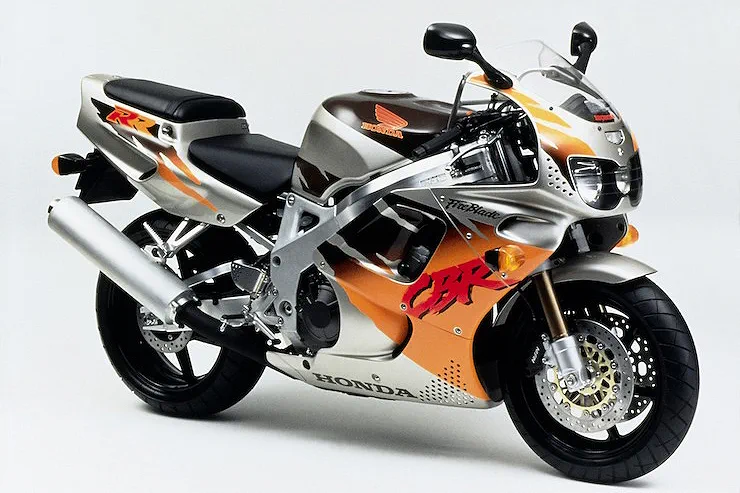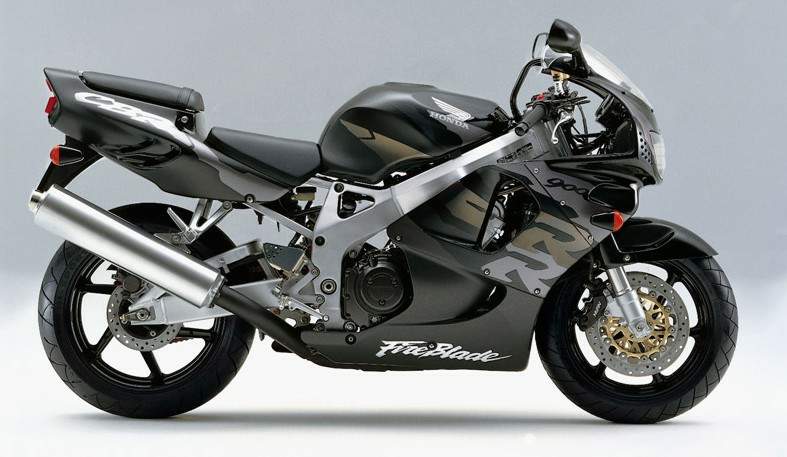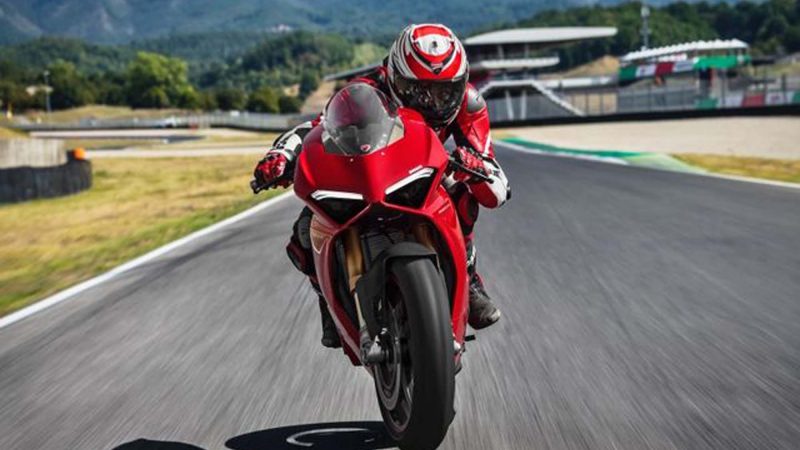Honda Fireblade History: Tracing the Evolution of an Iconic Superbike

In the early 1990s, Honda sought to develop a game-changing sports bike that would redefine the industry and captivate the hearts of motorcycle enthusiasts. Spearheaded by project leader Tadao Baba, the company embarked on an ambitious journey to create a superbike that would not only be powerful, but also agile and easy to handle. The result was the birth of the Honda CBR900RR, more commonly known as the Fireblade, in 1992. The Fireblade’s innovative design, which focused on reducing weight and improving handling, took the world by storm and set a new standard for sportbikes. Over the years, the Honda Fireblade has continued to evolve and adapt to modern technology and rider demands, while remaining true to its original ethos of combining power with agility. This remarkable journey has secured the Fireblade’s place in history as one of the most iconic and beloved superbikes of all time. In this article, we’ll take a brief look at the key milestones and interesting differences between the various versions of the Honda Fireblade.
The Honda Fireblade story began with the CBR900RR, designed by Tadao Baba. With a unique approach of focusing on reducing weight and optimizing handling, rather than just increasing power, the CBR900RR set a new standard for superbikes. Its 893cc engine produced 122 horsepower and weighed 185 kg, making it an instant sensation in the motorcycle world.
In 1994, Honda introduced the CBR900RR-R, which featured minor updates, including a revised exhaust system, new carburetor settings, and changes to the suspension components for improved handling. The engine and power output remained the same as the original model.
Eight years after the original, Honda introduced the CBR929RR. This model featured a larger 929cc engine with fuel injection, producing 152 horsepower. The bike also incorporated a new twin-spar aluminum frame, improved suspension, and a more aggressive design, further refining the Fireblade’s performance and appearance.
2004: CBR1000RR – The Fireblade Grows Up
In 2004, Honda launched the CBR1000RR, featuring a 998cc engine that produced 172 horsepower. This model brought significant updates, including the introduction of the Unit Pro-Link rear suspension system, an electronic steering damper, and under-seat exhaust. With its enhanced performance and handling, the CBR1000RR continued to solidify the Fireblade’s reputation in the superbike market.
The blade was tweaked slightly for the 2006 and 2007 models, you can read a review of those versions of the blade here.
2008: CBR1000RR – A Major Redesign
The 2008 CBR1000RR saw a major redesign, with a new engine, chassis, and bodywork. The compact 999cc engine produced 178 horsepower, while the bike’s weight was reduced to 199 kg. Innovations like the Combined ABS system and an improved electronic steering damper ensured that the Fireblade remained a top choice for superbike enthusiasts.
In celebration of the Fireblade’s 20th anniversary, the 2012 CBR1000RR featured revised suspension settings, updated bodywork, and new wheels. The engine remained unchanged, but the tweaks to the bike’s overall design and handling kept the Fireblade competitive in the superbike market.
The 2017 CBR1000RR SP and SP2 models marked a significant step forward in the Fireblade’s evolution. These track-focused bikes featured extensive use of lightweight materials, advanced electronics, and Öhlins semi-active suspension. With a 999cc engine producing 189 horsepower, the SP and SP2 models elevated the Fireblade’s performance to new heights.
2020: CBR1000RR-R Fireblade SP – The Latest Generation
The latest generation, the CBR1000RR-R Fireblade SP, takes the legacy of the Fireblade to the next level. With a new 999.9cc inline-four engine derived from Honda’s MotoGP bike, the Fireblade now boasts 214 horsepower. This model also incorporates aerodynamic winglets, advanced electronics, and Brembo Stylema brake calipers, further pushing the boundaries of superbike performance.
| Year | Model | Engine Displacement | Horsepower | Weight |
|---|---|---|---|---|
| 1992 | CBR900RR | 893cc | 122 hp | 185 kg |
| 1994 | CBR900RR-R | 893cc | 122 hp | 185 kg |
| 1996 | CBR918RR | 918cc | 128 hp | 183 kg |
| 1998 | CBR900RR-W | 918cc | 130 hp | 180 kg |
| 1999 | CBR900RR-X | 918cc | 130 hp | 180 kg |
| 2000 | CBR929RR | 929cc | 152 hp | 170 kg |
| 2002 | CBR954RR | 954cc | 155 hp | 168 kg |
| 2004 | CBR1000RR | 998cc | 172 hp | 176 kg |
| 2008 | CBR1000RR | 999cc | 178 hp | 199 kg |
| 2012 | CBR1000RR (20th Anniversary Edition) | 999cc | 176 hp | 200 kg |
| 2017 | CBR1000RR SP and SP2 | 999cc | 189 hp | 195 kg (SP) / 197 kg (SP2) |
| 2020 | CBR1000RR-R Fireblade SP | 999.9cc | 214 hp | 201 kg |
Over the years, the Honda Fireblade has continued to evolve, incorporating cutting-edge technology and design elements while staying true to its core philosophy of balance and handling. From the original CBR900RR to the latest CBR1000RR-R Fireblade SP, each iteration has left a lasting impact on the superbike industry and on the hearts of motorcycle enthusiasts worldwide.
















